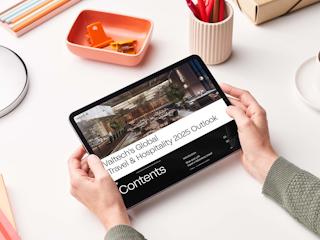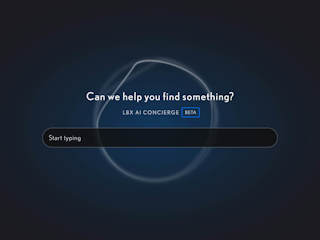No one wants to be a “user”. We are all unique individuals with different experiences and expectations of the technology we choose to use. One of the first attempts at personalizing our digital experiences brought the creation of user profiles. Create a profile and be greeted by name the next time you login – neat! The profiles that we’ve all created have now been augmented by big data. Every social network “like”, every purchase, and every search builds the digital information around each of us, so the experience feels like a real, even human-like interaction. While there are privacy concerns at play here, we are seeing evidence that people will give some of this information away in exchange for highly personalized, and thus useful, experiences.
Take retail subscriptions for example. Big data and artificial intelligence algorithms can determine exactly when my wife and I are two diapers away from a minor household catastrophe. When the delivery of a new case of diapers arrives at our door the very day that we’re about to run out, I am not only delighted, I have become a raving fan of that service. The e-commerce site seems to know me. That’s true personalization.
The second theme we’re seeing in the design of digital products is the delivery of content that is in context with your current environment. The sensors in our devices know a great deal about us. An alarm can go off in the morning, accompanied by music that fits the mood of our calendar that day. As we get in the car for the morning commute, our mapping app can inform us that traffic is heavy and recommend an alternate route. While driving by our favourite coffee shop, our loyalty point app can let us know that we have a free cuppa Joe beckoning. All of these prompts are done in context of the place and time in which we’re currently present.
Having an intuitive interface isn’t just a no-brainer; it should actually require no brain. The technology needed to build even relatively small digital products is incredible. Thankfully, we have decades of hardware and software design to build upon for each new thing that we produce. But that layering also creates exponentially complex systems. Those systems need to be hidden from the user interface. The best interfaces are the most simple and the most intuitive, while accessing the robust technology under the hood. Which leads us to our final, crucial ingredient of a pleasurable digital experience – minimalism.
In our view, pleasure isn’t derived from interfacing with a digital contraption of some kind but, rather, by enhancing a human experience. It’s important to strip the clutter from someone’s life, not just their user interface. The best products simply make things easier; they minimize the noise and chaos of everyday life. The hardest thing to do as digital designers is to collapse a feature set. We fall into the same trap as our clients by attempting to create a product that does all things for all people. Truly delightful products do a minimal number of things extremely well.
Ultimately, pleasure – the pleasure in experiences, things, gadgets and even people — will influence how much and even how often we choose to interact with them. This delight is the driving force that pushes us to fulfill our most basic needs. By incorporating these four essential ingredients into their digital products, companies will enhance the pleasure of their users’ experiences and meet those needs at the core level.











